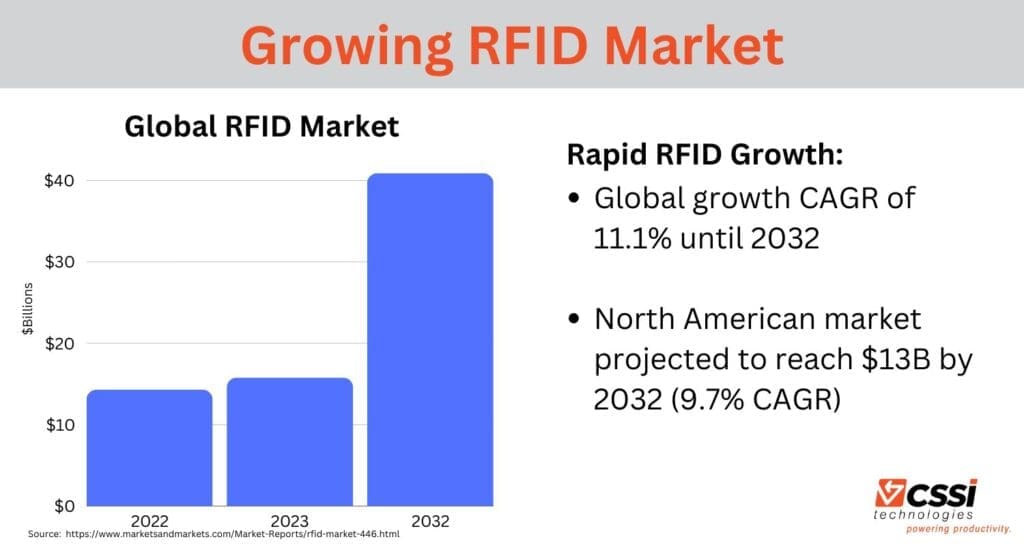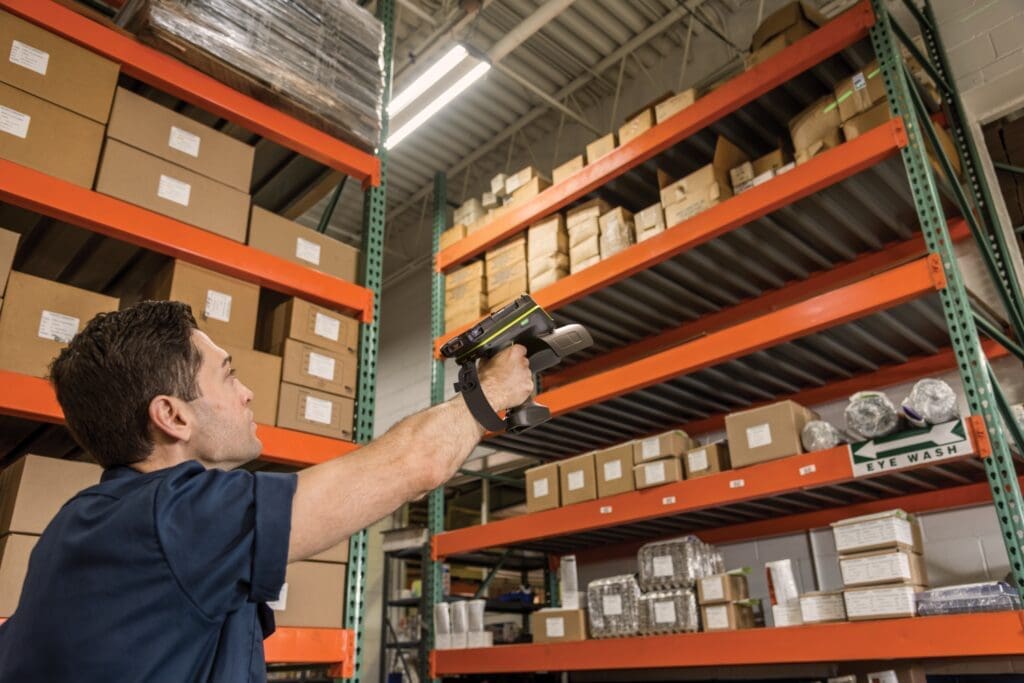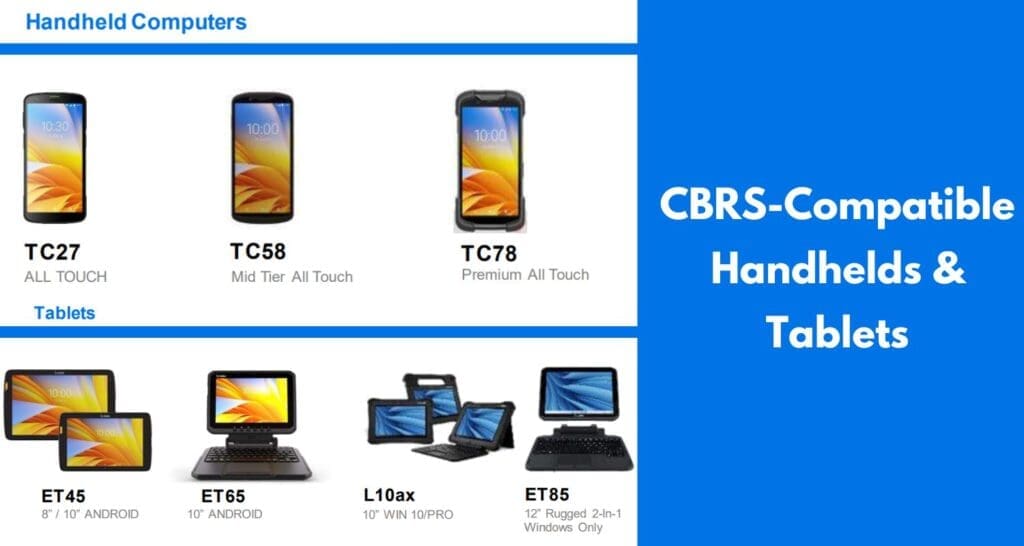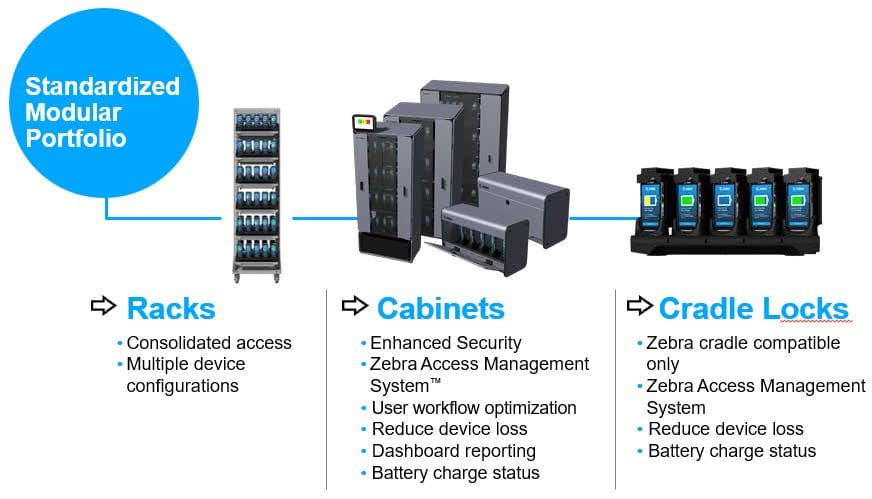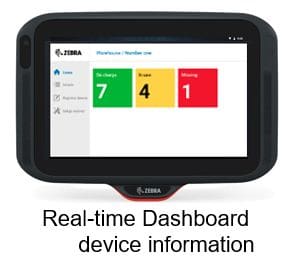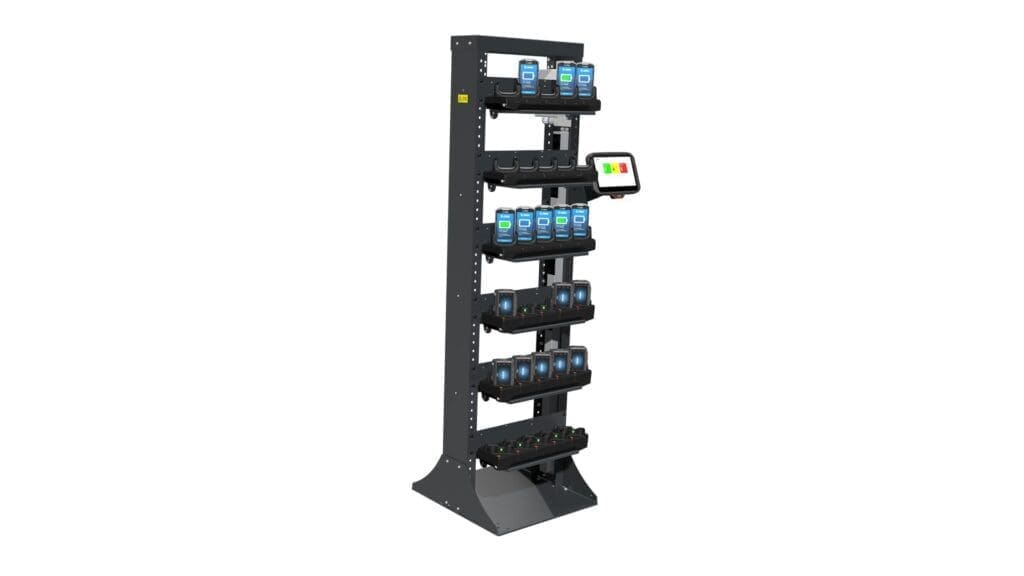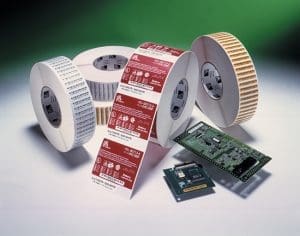Let’s discuss top reasons that we have seen CSSI customers benefit from outsourcing the management and support of their mobile devices…
What is Mobile Device Management? (MDM)
Mobile device management software (MDM) (also referred to as enterprise mobility management) helps IT administrators to efficiently deploy, control, and secure the growing fleets of remote computing devices used by modern business operations. MDM software can be used to rapidly push software updates to devices which are geographically dispersed, and thus not convenient for hands-on updates. MDM software can establish rules of access, such as determining which applications or screens a device holder can use – users can be assigned to different access groups, each with its own configuration and setup, and can even be moved between groups when necessary, all without requiring the admin to touch the device. MDM also enables remote management and accelerates technical support by allowing the IT admin to see and even remotely control the user’s screen.
What are some examples of MDM software? CSSI Technologies supports mobile device management solutions such as SOTI MobiControl, 42Gears, and Microsoft Intune.
The challenge with MDM as it relates to AIDC and rugged mobile devices , is that a company’s internal IT staff may not have the expertise (or time) to manage fleets of specialized Android devices. This is where outsourcing management to CSSI can make sense.
5 Reasons You Benefit from Outsourcing Mobile Device Management Work to CSSI
Here are 5 of the top ways that you can benefit from speaking with CSSI about mobile device management and our Device Lifecycle Management service :
1. Take Advantage of CSSI’s MDM Expertise
The CSSI Technologies team is extremely knowledgeable about Android OS and the rugged mobile devices which we sell and support. We have experience in deploying and updating these devices, which can be of great benefit to you. No need to climb the learning curve and take on new technical domains. As your mobile device partner, we can handle it for you. For example, having trouble with devices running Android 11 or higher? We can help.
2. Enhance security with reliable OS updates & patches
The Android operating system features one annual update, and smaller updates and patches which may be released more frequently. Without an MDM system in place, it will be almost impossible to keep pace with these updates for a distributed group of mobile devices. Also, it will be time consuming for your internal IT team to test and then deploy each change. This is work which CSSI can perform efficiently for you, on a schedule which we pre-determine.
3. Standardize device configurations
MDM software makes it simple to create and enforce standard mobile device configurations and security policies. Not only does this improve organizational mobile security, it also reduces technical support demands by simplifying the potential issues which users may encounter. Further, it’s easier to test and approve applications prior to installation, in order to ensure adverse effects are not encountered.
4. Save time: Deploy devices directly to production
When devices are enrolled in MDM profiles, they can either arrive at the facility ready to deploy, or be deployable by scanning a CSSI-created configuration barcode. Your team no longer needs to spend hours manually updating devices before they can be used.
5. Free up your internal IT team for other tasks
Best of all, your IT gains back time. Instead of slogging through mobile device management work such as trouble-shooting and configuration, the team can spend time on higher-value tasks, knowing that CSSI has taken care of device configuration, and stands ready to provide technical support when needed.
How To Further Explore a Mobile Device Manager for Your Business
To discuss the benefits of a mobile device management solution, and in particular, how CSSI can handle the creation of configuration profiles, mobile device deployment, and support of your rugged devices, please contact us to begin a conversation. We’d love to trial an MDM tool with you so that you can see the value prior to committing to spend. Contact us about mobile device management solutions today!

